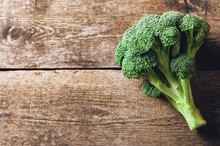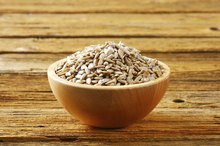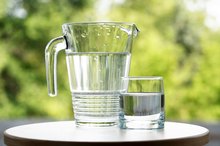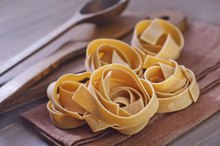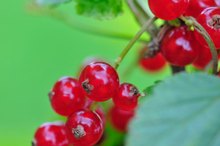What does fact checked mean?
At Healthfully, we strive to deliver objective content that is accurate and up-to-date. Our team periodically reviews articles in order to ensure content quality. The sources cited below consist of evidence from peer-reviewed journals, prominent medical organizations, academic associations, and government data.
The information contained on this site is for informational purposes only, and should not be used as a substitute for the advice of a professional health care provider. Please check with the appropriate physician regarding health questions and concerns. Although we strive to deliver accurate and up-to-date information, no guarantee to that effect is made.
A List of Low-Oxalate Foods
If you regularly experience kidney stones, you’re not alone: Approximately 1 million Americans complain of kidney stones every year. If your doctor determines that your kidney stones are formed from oxalate, she may recommend a low-oxalate diet 4. Low-oxalate foods are those that have less than 2 milligrams of oxalates per serving. When you follow a low-oxalate diet, most of your foods should be from the low-oxalate list.
Pick Your Proteins
Many protein sources are low in oxalates, but because eating a large amount of protein can increase the risk of kidney stone formation, you should limit protein intake to two to three servings per day. Low oxalate protein sources include:
- beef
- lamb
- pork
- fish
- shellfish
- poultry
- bacon
- ham
- eggs
- lentils
Cheese is also low in oxalates.
Veg Out
How to Do a Lymph Cleansing Diet
Learn More
When on an oxalate-controlled diet, you’ll be able to get plenty of nutrients from the variety of fruits and vegetables you can include in your diet 4. Low-oxalate fruits include:
- bananas
- cherries
- cantaloupe
- coconut
- watermelon
- grapefruit
- grapes
- mangoes
- melons
- nectarines
- papaya
- canned peaches
- canned pears
- kumquats
- avocado
- raisins
Vegetables that are low in oxalates include
- artichokes
- cabbage
- cauliflower
- cucumber
- mushrooms
- peas
- radishes
- squash
- zucchini
- red peppers
- alfalfa sprouts
- water chestnuts
- endive
- kohlrabi
- chives
Choose Bread Wisely
The suggestions for breads and starches are slightly different from general recommendations. You’ve got to limit whole-wheat products, but you can have barley, corn cereal, rice cereal, egg noodles, English muffins, graham crackers, plain pasta, white rice, wild rice or rye bread.
Drink Up
Allowable Foods on Dr. Bernstein's Diet
Learn More
When following a low-oxalate diet, you also have to consider what you’re drinking. The best choice is water, which is not only void of oxalates, but also helps hydrate you, making kidney stones less likely. Other low-oxalate beverage choices include:
- apple juice
- herbal tea
- green tea
- lemon juice
- lime juice
- milk
- pineapple juice
- grapefruit juice
- apricot nectar
- wine
- bottled beer that isn’t too dark or robust
The Cleveland Clinic recommends that those on an oxalate-controlled diet drink 10 to 12 cups of fluids per day 4. At least 5 to 6 of these cups should be water.
- When following a low-oxalate diet, you also have to consider what you’re drinking.
- The best choice is water, which is not only void of oxalates, but also helps hydrate you, making kidney stones less likely.
Related Articles
References
Writer Bio
Lindsay Boyers has a Bachelor of Science in nutrition from Framingham State College and a certificate in holistic nutrition from the American College of Healthcare Sciences. She is also a licensed aesthetician with advanced training in skincare and makeup. She plans to continue on with her education, complete a master's degree program in nutrition and, ultimately, become a registered dietitian.
